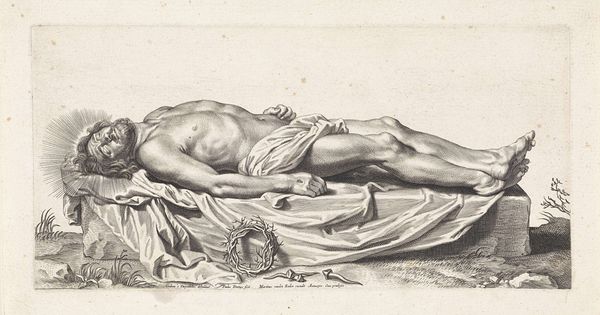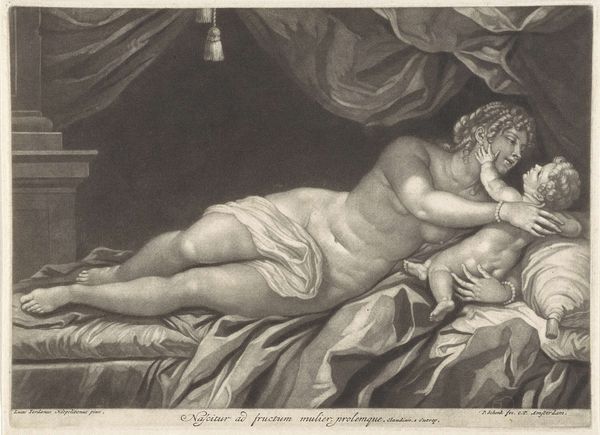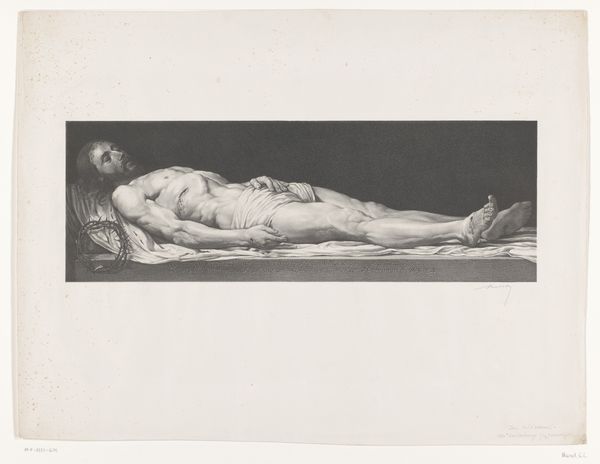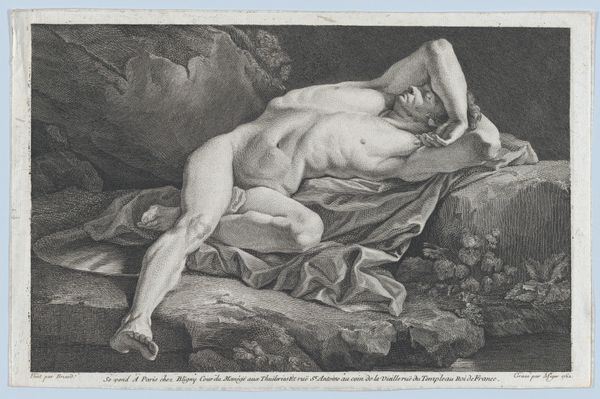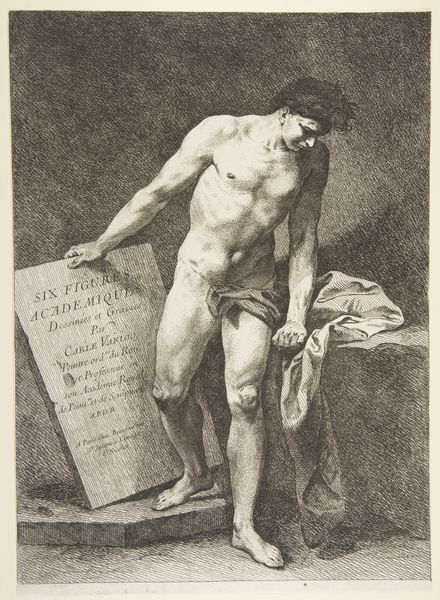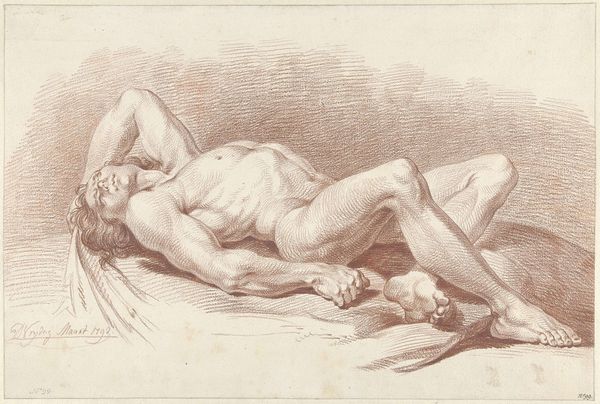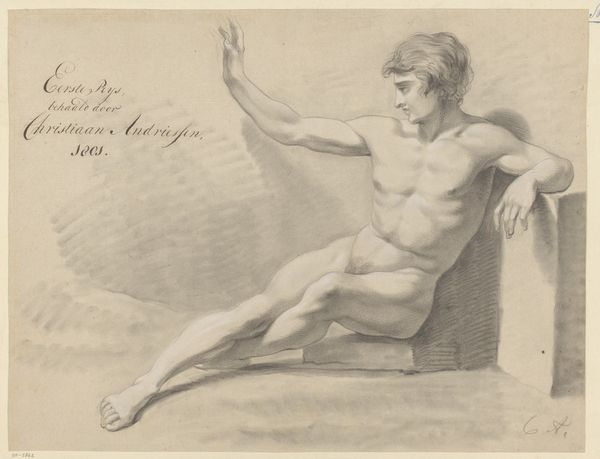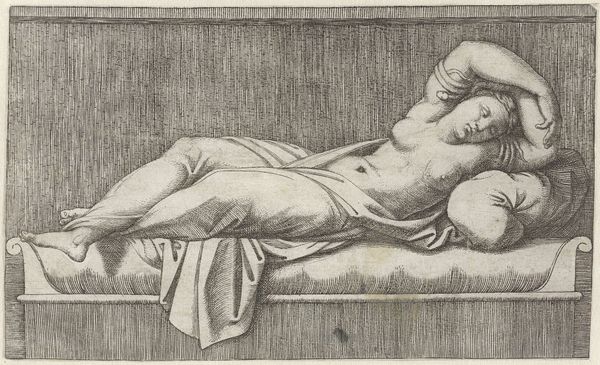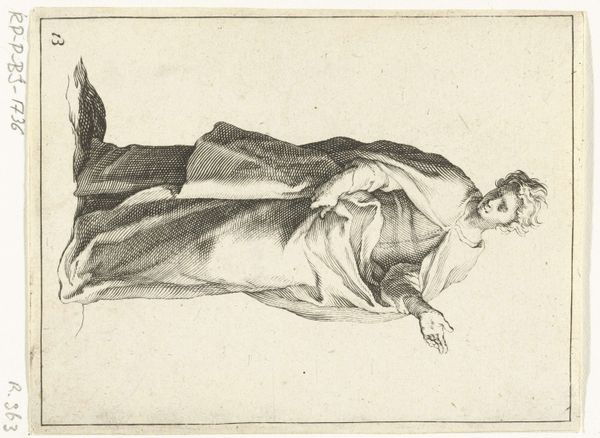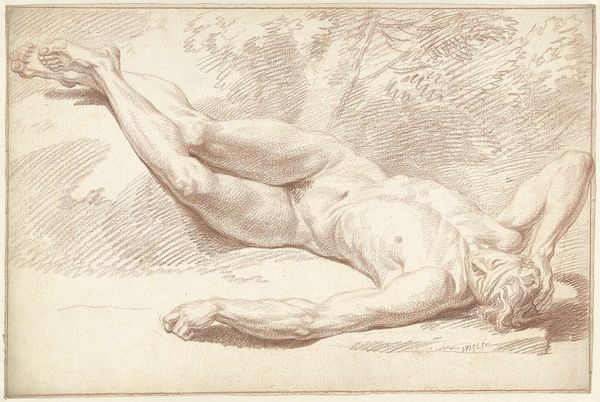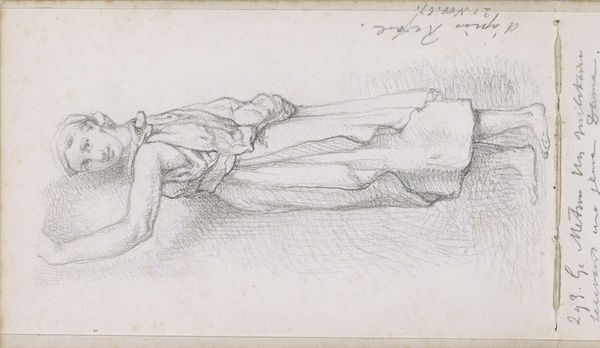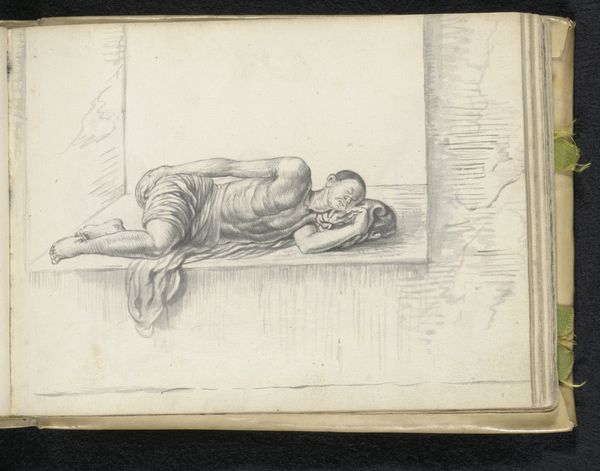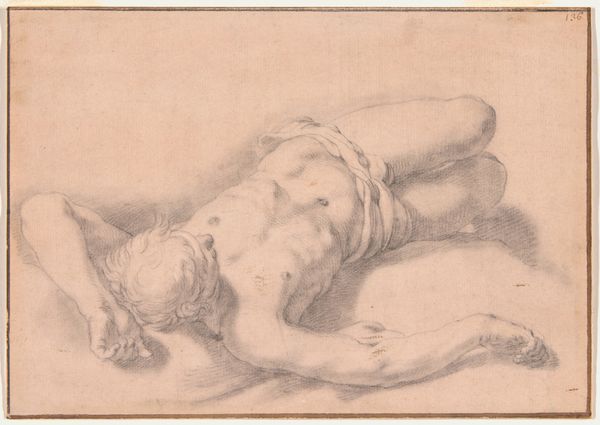
drawing, print, etching, paper, engraving
#
drawing
#
baroque
# print
#
etching
#
figuration
#
paper
#
line
#
history-painting
#
italian-renaissance
#
nude
#
engraving
#
realism
Dimensions: 340 x 590 mm (plate); 356 x 602 mm (sheet)
Copyright: Public Domain
Editor: Here we have Nicolas de Plattemontagne's 1654 print, "The Dead Christ Lying in the Sepulchre." The stark realism, almost brutal in its detail, is what hits me first. How should we interpret the politics of depicting religious subjects like this in such a manner? Curator: It’s crucial to remember that the Baroque era, while visually dramatic, also intersected with significant social upheavals and religious tensions. The hyperrealism, like you noted, wasn't merely aesthetic. Consider, whose body is centered here? And how is it centered? It’s the body of Christ, yes, but also a vulnerable, human body marked by violence, almost posing questions about the cost of religious zealotry itself. How does that challenge or reinforce existing power structures? Editor: I see what you mean. The wounds become less about glorifying sacrifice and more about the very real, physical consequences. Almost a political statement on mortality, no? Curator: Exactly. Think about it – this was a time of immense wealth disparity, constant warfare, and strict social hierarchies. Religious art often served as propaganda. But a piece like this, so focused on the stark reality of suffering, invites a different kind of contemplation. Perhaps it offers a critique, even a subtle one, of those systems that perpetuate such suffering. Where is the glory typically associated with the figure of Christ here? Editor: That definitely gives me a different perspective. I had focused so much on the religious aspect, I had failed to see the quiet activism of simply portraying reality. Curator: Precisely! Art doesn’t exist in a vacuum. Understanding its context reveals how it actively participates in, or pushes back against, the narratives of its time. This piece seems to invite a deeper ethical reflection beyond religious dogma.
Comments
No comments
Be the first to comment and join the conversation on the ultimate creative platform.
